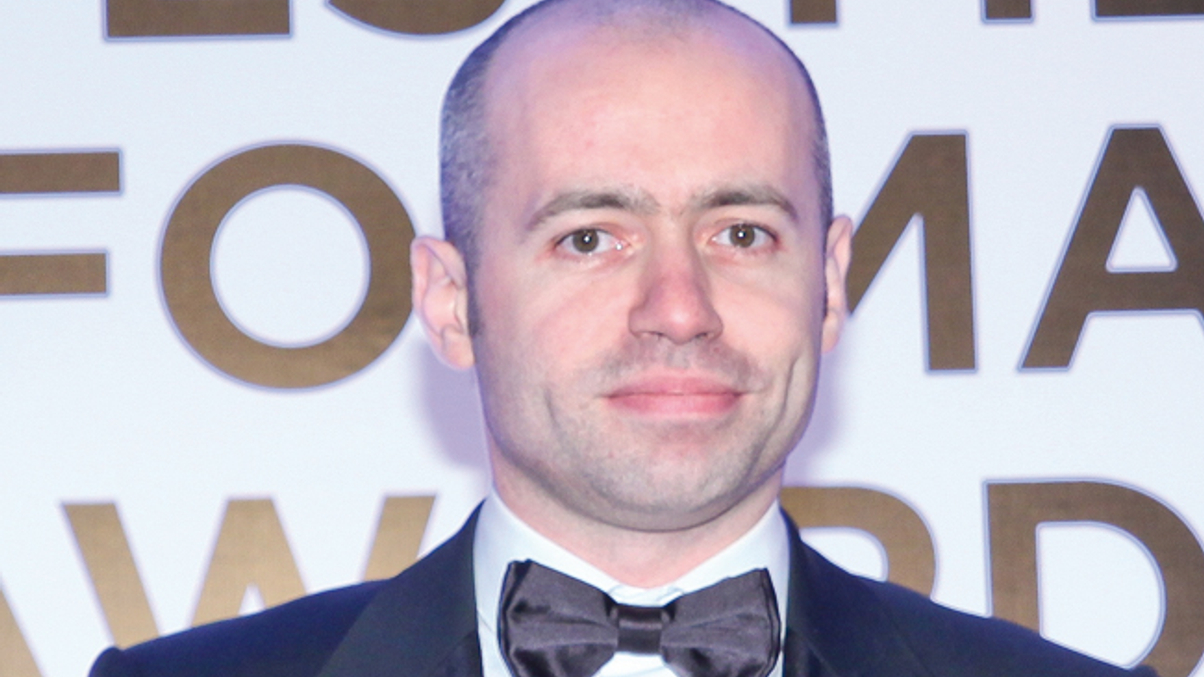Deutsche denies physical ETF rollout is due to flows
The bank's db X-trackers unit is set to launch a suite of physically backed ETFs, but says its aim has always been to provide a supermarket selection and the move is not solely related to flows.

Deutsche Bank’s Marco Montanari has denied its move to roll out a suite of physically backed ETFs alongside synthetic funds is driven solely by money flows, saying it aims to provide a supermarket selection for clients to choose from.
Sign in to read on!
Registered users get 2 free articles in 30 days.
Subscribers have full unlimited access to AsianInvestor
Not signed up? New users get 2 free articles per month, plus a 7-day unlimited free trial.
¬ Haymarket Media Limited. All rights reserved.


